
Discover the Wonders of Pululahua Geobotanical Reserve
Explore the breathtaking landscapes and rich biodiversity of Pululahua Geobotanical Reserve, a unique volcanic crater in Ecuador.
Pululahua Geobotanical Reserve, a breathtaking natural wonder, offers tourists a unique opportunity to explore diverse ecosystems and spectacular vistas. This volcanic crater reserve is not only a nature lover's paradise but also a prime spot for adventure seekers looking to hike, birdwatch, or simply bask in the beauty of Ecuador’s rich biodiversity. Visitors can immerse themselves in the stunning landscapes and learn about the region's geological significance while enjoying the tranquility that this serene location provides.
A brief summary to Pululahua Geobotanical Reserve
- 2GM8+42F, E28, Calacalí, EC
- +5932-239-6543
- Visit website
- Monday 8 am-5 pm
- Tuesday 8 am-5 pm
- Wednesday 8 am-5 pm
- Thursday 8 am-5 pm
- Friday 8 am-5 pm
- Saturday 8 am-5 pm
- Sunday 8 am-5 pm
Local tips
- Wear comfortable hiking shoes as the trails can be uneven and steep.
- Bring a camera to capture the stunning views and unique wildlife.
- Plan your visit during the morning for clearer skies and better visibility.
- Consider joining a guided tour for in-depth knowledge about the local ecology.
- Pack a picnic to enjoy in the designated areas while taking in the views.
Getting There
-
Car
If you are traveling by car, start your journey in Quito. Take the Pan-American Highway (E28) northbound. Continue on this road for about 30 kilometers. You will see signs for Calacalí. Turn off the Pan-American Highway onto the road leading to Calacalí. Follow the road for about 10 kilometers until you reach the entrance of Pululahua Geobotanical Reserve, located at coordinates 0.0251° N, -78.4830° W. There is parking available at the reserve. Make sure to check the opening hours before your visit, as the reserve is open daily from 8 AM to 5 PM.
-
Public Transportation
If you prefer public transportation, begin your trip in Quito at the 'La Ofelia' bus terminal. Look for buses that head towards Calacalí. The ride should take approximately 1 to 1.5 hours. Once you arrive in Calacalí, you can either take a taxi or a local bus heading towards the Pululahua Geobotanical Reserve. Make sure to confirm with the driver that they will drop you off at the reserve. The taxi ride from Calacalí to the reserve typically costs around $5 to $10, depending on negotiation and the time of day. Ensure you check the last bus return times to avoid being stranded.
-
Taxi
For a more direct option, consider taking a taxi from Quito to Pululahua Geobotanical Reserve. This can be arranged through ride-hailing services or by hailing a taxi at a designated taxi stand. The fare can range from $30 to $50, depending on traffic and the time of day. Ensure that you agree on the fare before starting your trip. The journey will take approximately 1 hour, and you can enjoy the scenic views along the way.
Discover more about Pululahua Geobotanical Reserve
Iconic landmarks you can’t miss
Pucará de Rumicucho / Ruins / Ruinss
6.0 km
Explore the archaeological wonders of Pucará de Rumicucho, where ancient history meets stunning natural landscapes in Ecuador.
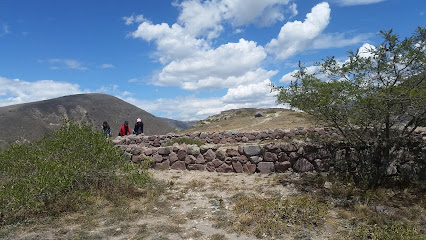
Real Dreams Tour | Tours In Galápagos, Andes and Amazon.
11.9 km
Discover Ecuador's breathtaking landscapes with Real Dreams Tour – your gateway to unforgettable adventures in the Galápagos, Andes, and Amazon.
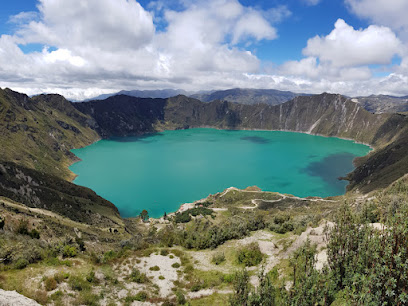
Comunidad La Sierra
18.2 km
Explore Comunidad La Sierra, a historical landmark in Nono, Ecuador, where rich culture meets breathtaking natural beauty in the Andes.

Cochasqui Archaeological Park
20.1 km
Explore the ancient wonders of Cochasqui Archaeological Park in Ecuador, where history and breathtaking landscapes converge in a unique cultural experience.

Metropolitan Touring
20.5 km
Explore Ecuador's stunning landscapes and rich culture with Metropolitan Touring, Quito's premier tour operator for unforgettable adventures.
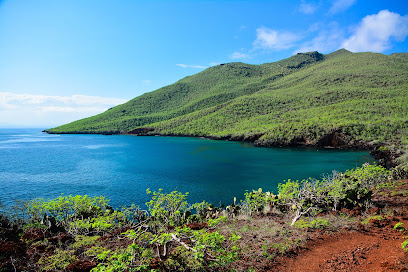
GoRaymi
20.8 km
Explore the vibrant media landscape at GoRaymi in Quito, where Ecuadorian culture comes to life through innovative storytelling and authentic experiences.
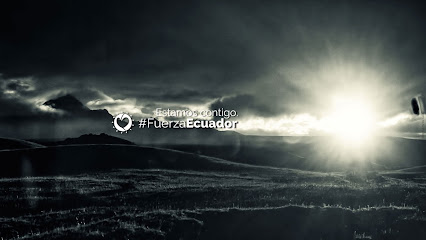
Pacha Quindi Nature Refuge
21.8 km
Explore Pacha Quindi Nature Refuge, an ecological park in Tandayapa, where stunning biodiversity and tranquil nature await every visitor.
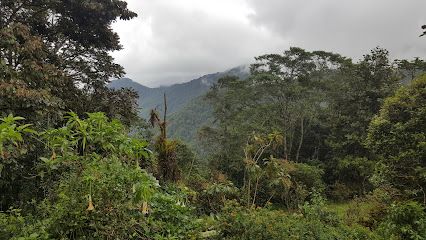
Mirador Guaycapi
22.1 km
Experience the best of Ecuadorian cuisine at Mirador Guaycapi, where breathtaking views meet delightful flavors in a picturesque setting.
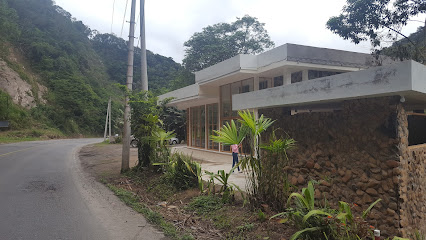
Delicias de Damasco
22.4 km
Experience authentic Middle Eastern cuisine at Delicias de Damasco in Quito, where every dish tells a story of rich flavors and traditions.
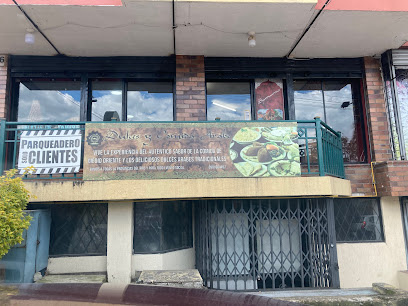
Bellavista Cloud Forest Reserve & Lodge
22.5 km
Discover the breathtaking beauty of Bellavista Cloud Forest Reserve & Lodge, a haven for nature lovers and adventure seekers in Ecuador's lush landscape.

andean summit adventure
22.5 km
Experience the stunning landscapes and vibrant culture of Ecuador with Andean Summit Adventure, your expert travel guide to the Andes.
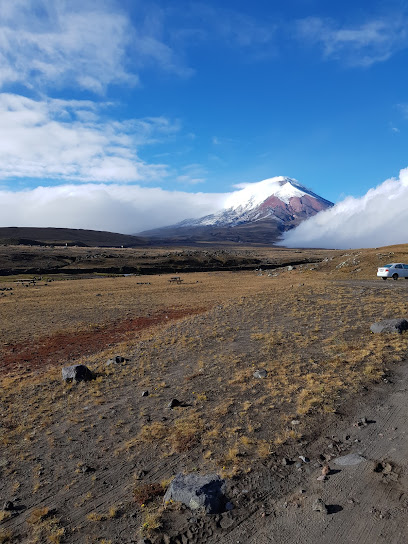
Parque Metropolitano Guangüiltagua
22.8 km
Discover the natural beauty and stunning views at Parque Metropolitano Guangüiltagua, a must-visit urban park in Quito, Ecuador, perfect for outdoor enthusiasts.
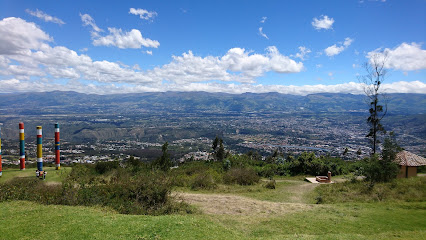
Avión de la Carolina
22.8 km
Experience the captivating beauty of Avión de la Carolina, a stunning sculpture set in the peaceful surroundings of La Carolina park in Quito, Ecuador.
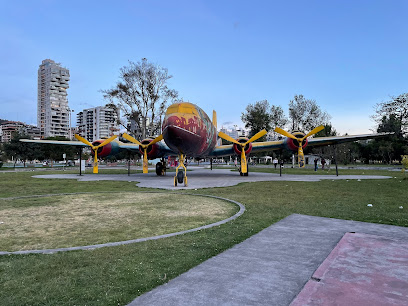
Monumento a Los Policías
22.8 km
Discover the Monumento a Los Policías in Quito, a historical landmark honoring the bravery of police officers, surrounded by the vibrant La Carolina district.
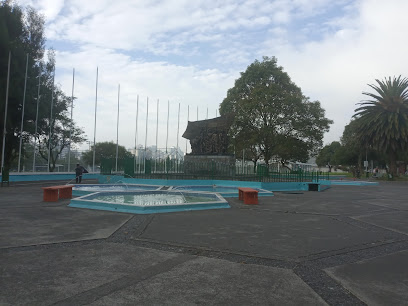
santa elena canton la libertad
22.9 km
Experience the charm and warmth of Santa Elena Canton at this cozy bed and breakfast, your gateway to Ecuador's stunning landscapes and rich culture.

Unmissable attractions to see
Mirador Natural Volcan Pululahua
0.1 km
Experience breathtaking views and unique biodiversity at the Mirador Natural Volcan Pululahua, a must-see observation deck near Quito, Ecuador.
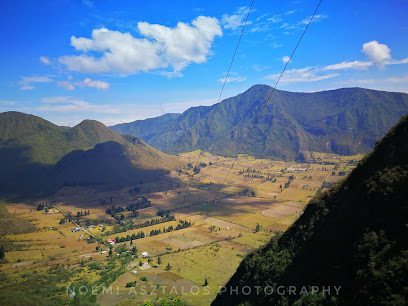
Templo del Sol en la Mitad del Mundo
0.1 km
Experience the magic of the equator at Templo del Sol, a historical landmark rich in culture and breathtaking views in the heart of Ecuador.

Museo Templo del Sol Pintor Cristobal Ortega Maila
0.3 km
Explore the rich cultural heritage of Ecuador at Museo Templo del Sol Pintor Cristobal Ortega Maila, a vibrant destination in Quito that celebrates Andean art.
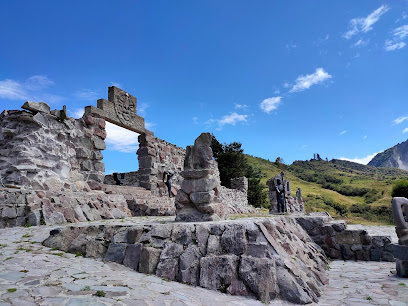
Control Moraspungo Reserva Geobotanica Pululahua
2.3 km
Explore the stunning Control Moraspungo Reserva Geobotánica Pululahua, a national reserve of breathtaking landscapes and rich biodiversity near Quito, Ecuador.
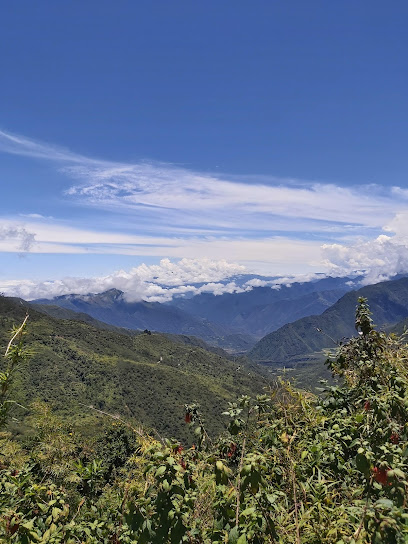
Pululagua
2.7 km
Explore the breathtaking landscapes and rich biodiversity of Pululagua Volcano, a stunning natural wonder in Ecuador's heart.

MITAD DEL MUNDO
3.3 km
Explore the iconic Mitad del Mundo, where the equator divides the world, and embrace the culture and science of Ecuador in a single visit.

Mindo Cloudforest Foundation
4.2 km
Explore the magical Mindo Cloudforest, a lush paradise in Ecuador, teeming with biodiversity, adventure, and natural beauty.
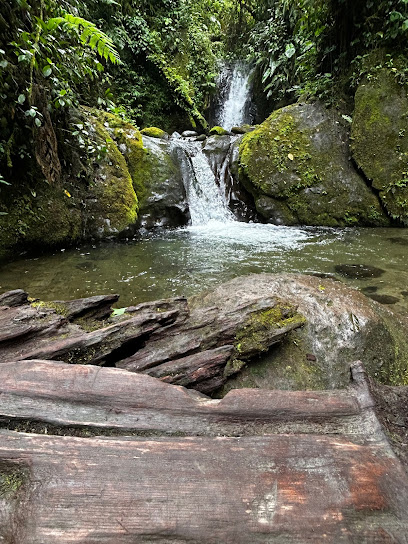
Middle of the World City
4.3 km
Experience the unique blend of science, culture, and breathtaking views at the Middle of the World City in Quito, Ecuador, the heart of the equator.

Intiñan Equator Museum
4.3 km
Experience the unique science and culture of the equator at the Intiñan Equator Museum in Quito, Ecuador.
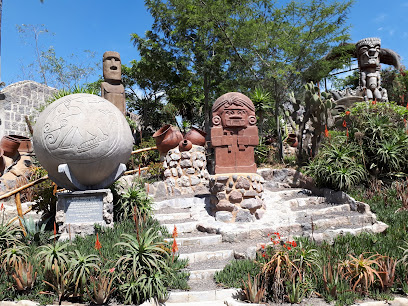
Redoma de los hemisferios
4.3 km
Experience the thrilling adventures and cultural richness of Redoma de los Hemisferios, a premier theme park in Quito, Ecuador.
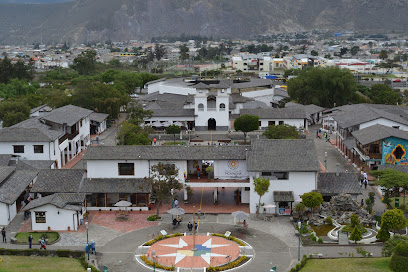
Pabellón Ecuador
4.4 km
Explore Pabellón Ecuador in Quito, a cultural museum showcasing the rich history, biodiversity, and traditions of Ecuador.
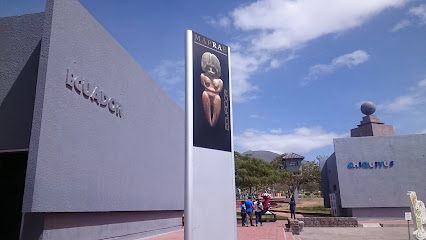
Middle of the World Company
4.4 km
Experience the magic of standing at the equator at the Middle of the World Company, where culture, science, and breathtaking views meet in Quito, Ecuador.
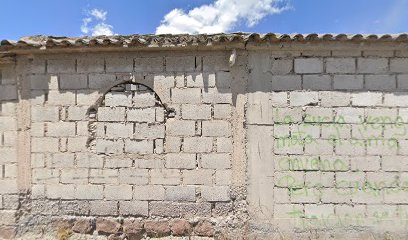
Temple of the Sun Museum
4.4 km
Explore the Temple of the Sun Museum in Quito, a captivating journey through Ecuador's rich ancient history and cultural heritage.
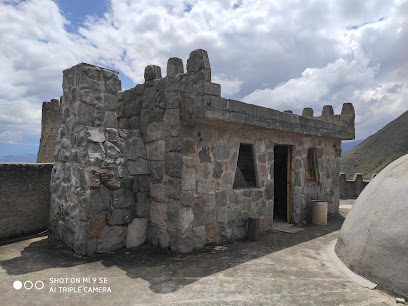
Quito Colonial - Ciudad Mitad del Mundo
4.5 km
Experience the rich history and vibrant culture of Quito Colonial, a UNESCO World Heritage site showcasing stunning architecture and breathtaking Andean views.
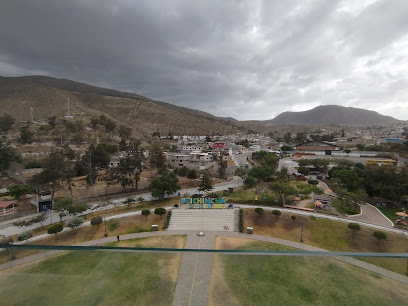
New PARK MIDDLE OF THE WORLD
4.5 km
Discover the breathtaking beauty and rich culture of Ecuador at the New Park Middle of the World, the ultimate nature escape in Quito.

Essential places to dine
El Cráter Hotel - Restaurante - Spa
0.2 km
Discover serenity at El Cráter Hotel - a luxurious haven blending nature with gourmet dining and soothing spa experiences.

Restaurante Joys -Quito - Ecuador Comida Típica Ecuatoriana
4.1 km
Discover traditional Ecuadorian cuisine at Restaurante Joys located at Mitad del Mundo – an unforgettable culinary experience awaits.
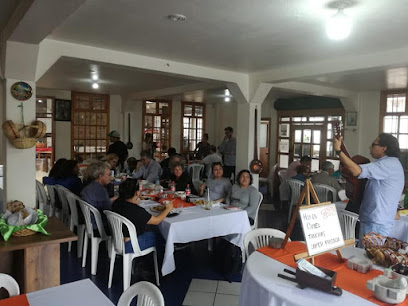
Vicente's
5.5 km
Discover the rich flavors of Ecuador at Vicente's - an authentic dining experience in the heart of Quito.

La Natalia
20.6 km
Experience exquisite Ecuadorian cuisine at La Natalia in Quito - where fine dining meets local flavors in an elegant setting.
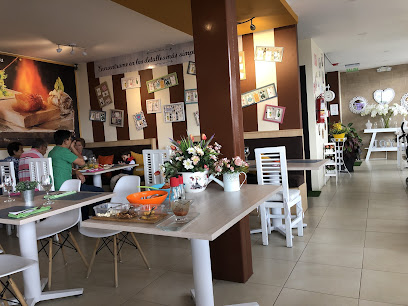
El Salnés
20.8 km
Discover El Salnés in Quito for an unforgettable fine dining experience showcasing Ecuador's rich culinary heritage.
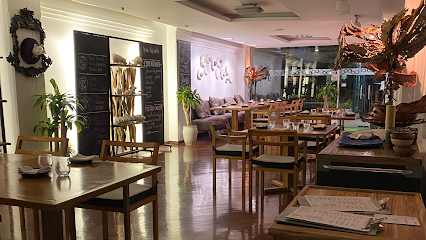
Sierra María
21.0 km
Experience the warmth of Ecuadorian hospitality at Sierra María - A family-friendly restaurant offering delicious cuisine in the heart of Quito.
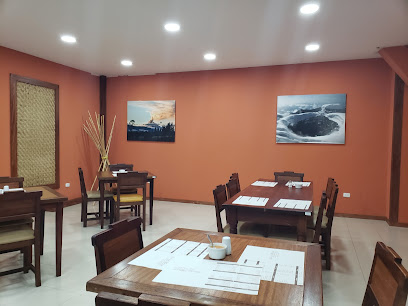
Zero Lab Restaurant - Fine Dining
21.1 km
Experience the pinnacle of Ecuadorian fine dining at Zero Lab Restaurant in Quito, where innovative cuisine meets elegance.
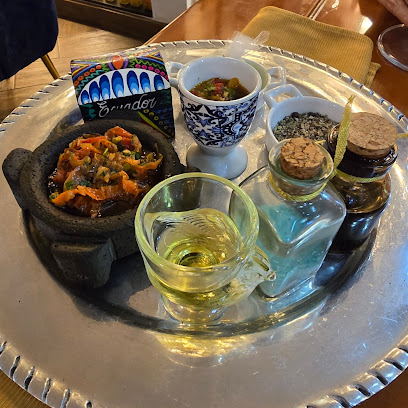
Al mio modo
21.5 km
Experience authentic Italian cuisine at Al Mio Modo in Quito – where tradition meets flavor in every dish.
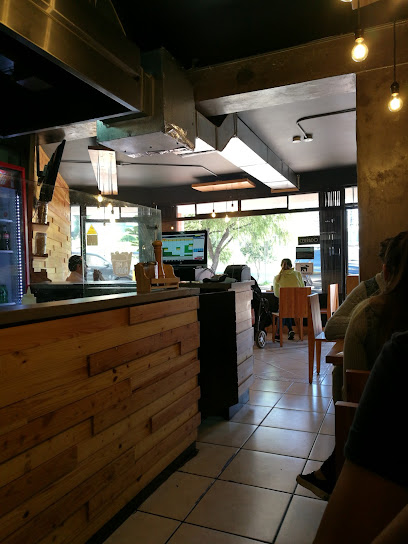
SOUR BY EL ESCONDITE
22.2 km
Experience the authentic taste of Peru at SOUR BY EL ESCONDITE in Quito - where every dish tells a story.
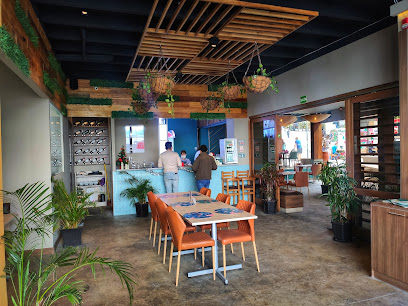
La Guarida del Coyote
22.2 km
Experience exquisite Mexican flavors at La Guarida del Coyote in Quito—an elegant dining venue perfect for celebrations.

Restaurante Segundo Muelle Quicentro
22.4 km
Experience the vibrant flavors of Peru at Restaurante Segundo Muelle Quicentro - a top destination for culinary enthusiasts in Quito.
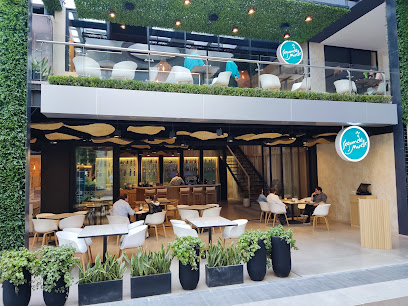
Lost Grill Restaurante
22.6 km
Discover the ultimate grill experience at Lost Grill Restaurante in Quito—where authentic Ecuadorian barbecue meets vibrant atmosphere.
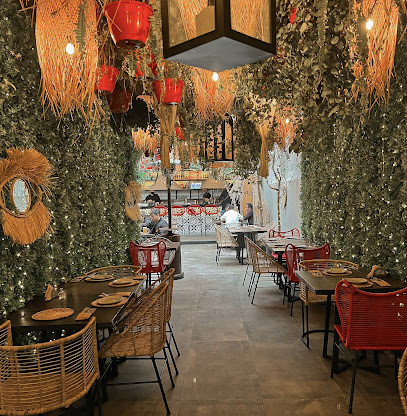
The Magic Bean Restaurant Quito
22.7 km
Discover authentic Ecuadorian cuisine with a twist at The Magic Bean Restaurant in Quito's vibrant La Carolina neighborhood.
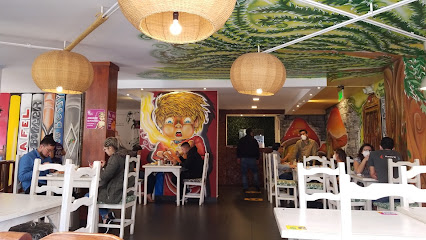
Restaurante La Rua
22.9 km
Discover the flavors of Ecuador at Restaurante La Rua – where culinary excellence meets warm hospitality in the heart of Quito.
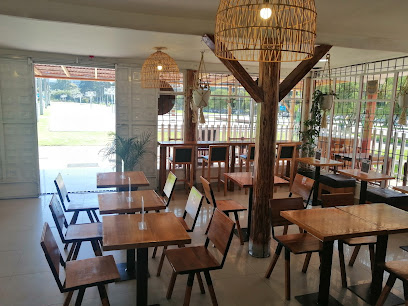
Pulcinella Ecuador
22.9 km
Experience authentic Italian flavors at Pulcinella Ecuador in the heart of Quito's La Carolina district—where every meal is a celebration.
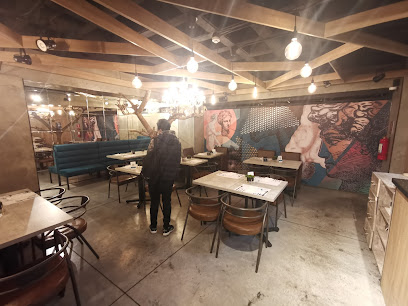
Markets, malls and hidden boutiques
Haku Andean Chick
4.3 km
Explore the vibrant world of Ecuadorian craftsmanship at Haku Andean Chick, your go-to gift shop in Quito for unique, handmade treasures.
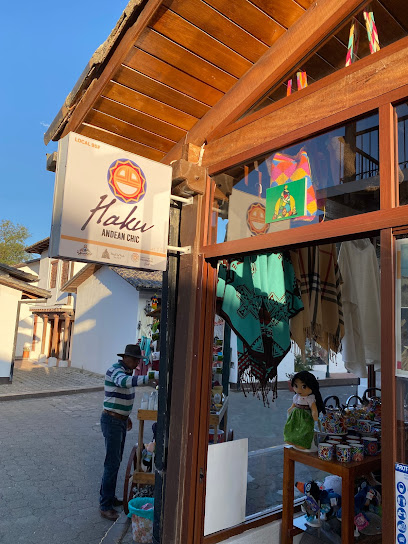
Local 95A - Huiñay
4.4 km
Explore Local 95A - Huiñay, a vibrant gift shop in Quito showcasing Ecuadorian artistry and unique handmade treasures for all travelers.
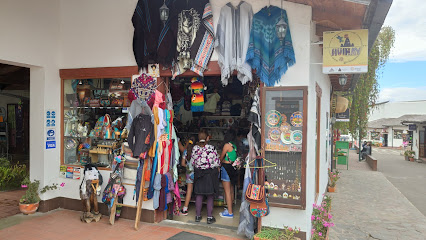
Supermaxi Carcelén
13.0 km
Explore Supermaxi Carcelén, Quito's vibrant supermarket for a taste of local and international flavors.

Condado Shopping
14.4 km
Explore a diverse range of shopping, dining, and entertainment at Condado Shopping, Quito's premier shopping mall.
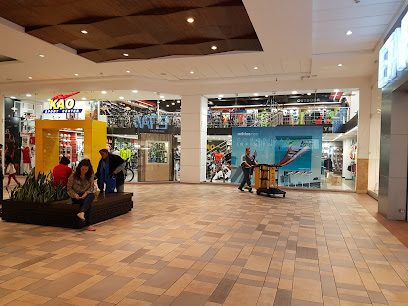
Super AKÍ Cotocollao
16.2 km
Explore the local flavors and essentials at Super AKÍ Cotocollao, Quito's vibrant supermarket, showcasing Ecuadorian culinary delights.
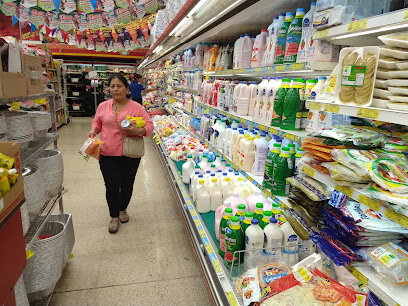
Mon Coeur Gifts
16.2 km
Explore Mon Coeur Gifts in Quito for unique Ecuadorian souvenirs and local crafts that capture the essence of the cultural heritage.

Okeechobee Imports
17.1 km
Discover unique gifts and local crafts at Okeechobee Imports, a charming gift shop in the heart of Quito, Ecuador.
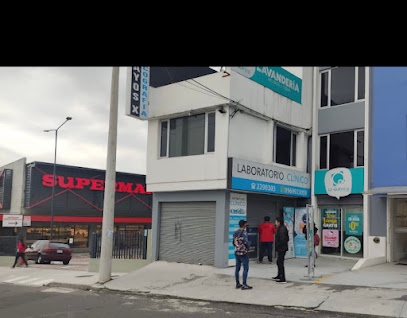
YaEsta.com
17.4 km
Experience seamless online shopping with YaEsta.com in Quito, Ecuador, where convenience meets quality in e-commerce.

Riocentro Shopping Quito
21.3 km
Experience shopping, dining, and entertainment at Riocentro Shopping Quito – a premier destination in Ecuador’s vibrant capital.
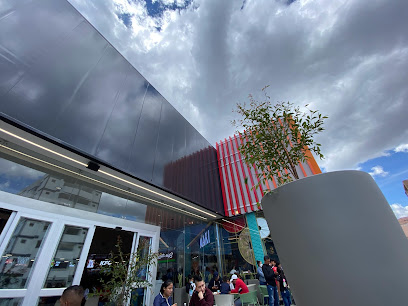
Ecuador Travel Stores
21.5 km
Explore the charm of Ecuador through unique souvenirs and handcrafted treasures at Ecuador Travel Stores in Quito.

Attenza Duty Free
21.5 km
Experience luxury shopping at Attenza Duty Free in Quito's international airport, offering top brands and unique local products at amazing prices.

Cyril Boutique (Quito Tenis)
21.5 km
Discover the sweet indulgence of Cyril Boutique, Quito's premier pastry shop, offering a heavenly selection of delicacies in a charming atmosphere.
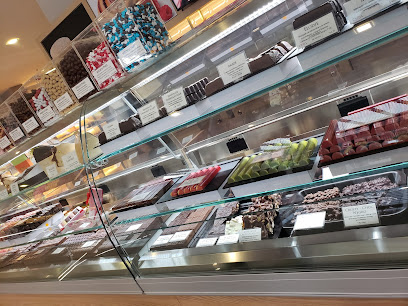
Distrito 5 NNUU
22.3 km
Explore Distrito 5 NNUU in Quito for a unique mix of Ecuadorian fashion and local craftsmanship that will elevate your travel wardrobe.

Amazing Buy UIO
22.4 km
Experience the best of Quito shopping at Amazing Buy UIO, where local flavors meet international brands in a vibrant outlet mall.

Quicentro
22.4 km
Discover Quicentro, Quito's premier shopping mall offering a blend of international brands, local boutiques, diverse dining options, and family-friendly entertainment.
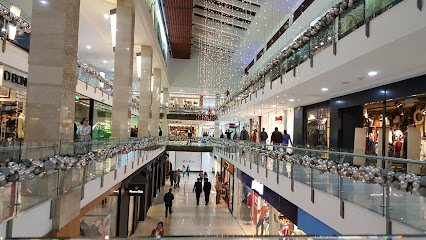
Essential bars & hidden hideouts
HOTSPOT - Cerveza Artesanal Cócteles Alitas bbq Hamburguesas Parrilla Bar Grill Bar karaoke
17.0 km
Discover Quito's HOTSPOT for artisanal beers, BBQ delights, and lively karaoke nights, where great food meets unforgettable experiences.
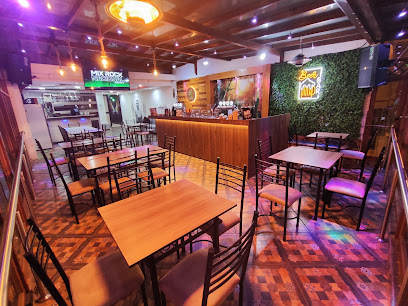
SNACK BOOM
19.7 km
Discover the lively ambiance and delicious offerings at Snack Boom, Quito's premier sports bar for an unforgettable night out.
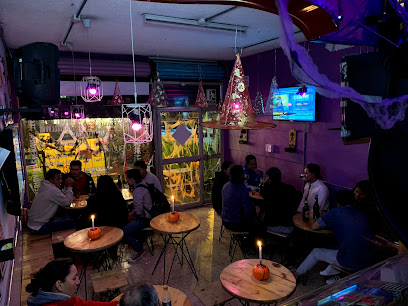
Wiki-Happy Resto-Bar; cerveza artesanal, alitas BBQ, hamburguesas, picadas, cocteles
20.9 km
Experience the vibrant flavors of Quito at Wiki-Happy Resto-Bar, featuring artisanal beers, BBQ wings, and delicious burgers in a lively atmosphere.

Retro Bar - El Primer Bar de los 80s en Quito ahora en nuevo local por Los Granados - Quito
21.1 km
Discover the vibrant atmosphere of Retro Bar in Quito, where the 80s come alive with music, dancing, and good times.

Altares GastroPub UIO
21.4 km
Discover the vibrant culinary scene of Quito at Altares GastroPub, where delicious flavors and a lively atmosphere come together in perfect harmony.
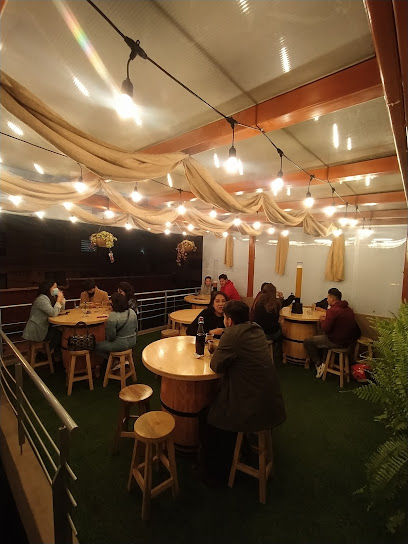
Lavoe Salsa Danceclub
22.2 km
Dive into Quito's vibrant nightlife at Lavoe Salsa Danceclub, where salsa and rhythm come alive in an unforgettable atmosphere.

Cerveceria La Reserva
22.4 km
Experience the best of Quito's craft beer scene at Cerveceria La Reserva, a lively brewpub with delicious fast food offerings.
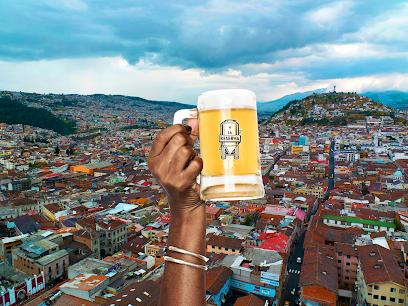
KEEP CALM
22.8 km
Experience the vibrant nightlife of Quito at KEEP CALM, a lively bar offering a wide range of drinks in a warm and welcoming atmosphere.

Bailador Bar
23.1 km
Discover the vibrant spirit of Quito at Bailador Bar, where lively music and delicious drinks create the perfect nightlife experience.
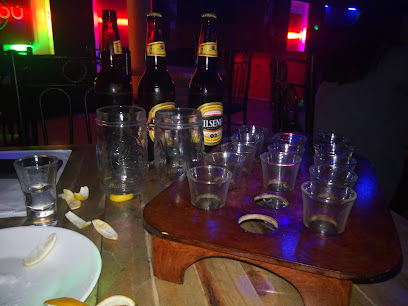
Malibú Lounge Bar Karaoke
23.1 km
Discover the vibrant nightlife of Quito at Malibú Lounge Bar Karaoke, where music and fun come together for an unforgettable experience.

LIVE TEATRO BAR
23.2 km
Discover the vibrant arts scene in Quito at Live Teatro Bar, where grilled delights meet live performances and unforgettable nights.
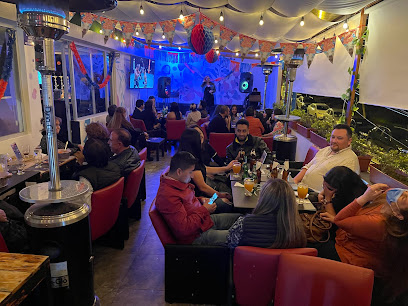
Vértigo Rooftop
23.2 km
Discover breathtaking views and exquisite drinks at Vértigo Rooftop, where Quito's skyline meets the stunning Andes mountains.

Chosen Bar
23.3 km
Discover the heartbeat of Quito's nightlife at Chosen Bar, a lively venue offering exquisite drinks and a vibrant social scene.

Bar comedor
23.8 km
Experience the vibrant nightlife of Quito at Bar Comedor, where local flavors and lively ambiance come together.
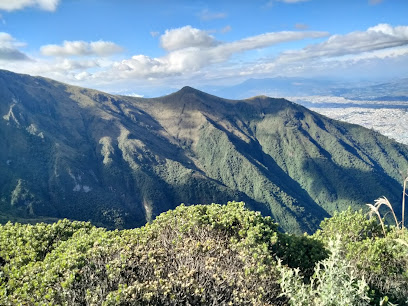
Love Me Rooftop
24.1 km
Discover the perfect blend of exquisite grilled cuisine and breathtaking views at Love Me Rooftop, Quito's premier culinary destination.




